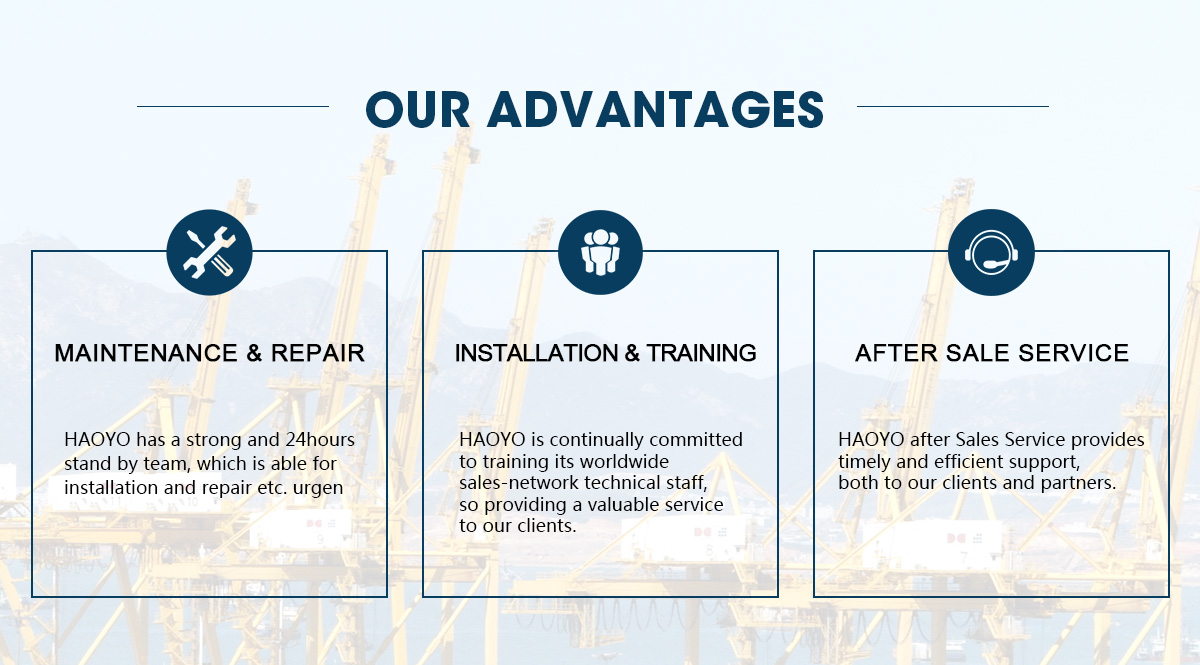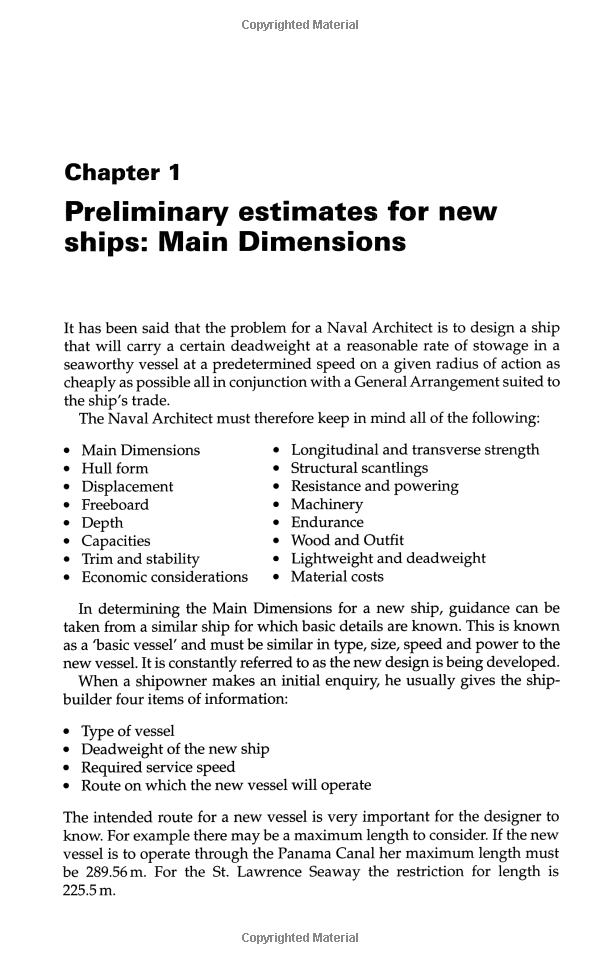Ship Hardware Fittings: A Comprehensive Guide
This comprehensive guide to ship hardware fittings is designed to provide a detailed understanding of the various types of fittings used in shipbuilding and ship maintenance. From simple to complex, this guide covers all aspects of ship hardware fittings, including their purpose, construction, installation, and maintenance. Whether you are a shipbuilder, a ship owner, or a maritime professional, this guide will be an essential reference for you to ensure the safe and efficient operation of your ship.
Ship hardware fittings are essential components of any vessel, providing the necessary connections, support, and protection for the ship to function properly. This guide will explore the various types of ship hardware fittings available, their intended uses, and the materials they are commonly made from. By understanding these elements, you can ensure that your ship is equipped with the right fittings to meet its specific needs.
What are Ship Hardware Fittings?
Ship hardware fittings are metal components used in the construction and maintenance of ships. They are designed to withstand the harsh marine environment and provide long-lasting performance. These fittings are typically made from steel, stainless steel, or aluminum, depending on the application and requirements of the ship.

Types of Ship Hardware Fittings
1、Fasteners: These are used to hold two or more parts together, providing a secure connection that can withstand vibration and other stresses. Common fasteners include bolts, screws, nails, and rivets.
2、Gaskets: Gaskets are thin strips of material used to provide a seal between two surfaces, preventing water, air, or other fluids from entering or escaping the ship. Common materials for gaskets include rubber, silicone, and PTFE (Teflon).
3、Bearings: Bearings are used to support rotating shafts and provide smooth, low-friction movement. They are commonly made from steel or bronze and are essential for the smooth operation of ship machinery.
4、Seals: Seals are similar to gaskets but are used in applications where a higher level of protection is required. They are often made from more durable materials like metal or plastic and can withstand extreme temperatures and pressures.
5、Pipes and Tubes: Pipes and tubes are used to transport fluids like water, oil, or gas throughout the ship. They are typically made from steel or plastic and come in a variety of shapes and sizes to meet the specific needs of the application.
6、Valves: Valves are used to control the flow of fluids through pipes systems. They can be manually operated or automated and are essential for regulating the pressure and flow rate of fluids in ship systems.
7、Gears and Gearboxes: Gears and gearboxes are used to transmit power from one shaft to another, providing speed reduction or increase as needed. They are typically made from steel or bronze and must be designed to withstand the high loads and speeds encountered in ship machinery.

8、Pumps: Pumps are used to move fluids through pipe systems, providing the necessary pressure to move water, oil, or other fluids through the ship's systems. They can be powered by engines or electricity and come in a variety of shapes and sizes to meet the specific needs of the application.
9、Flanges: Flanges are used to connect pipes sections together, providing a secure connection that can withstand high pressures and temperatures. They are typically made from steel or stainless steel and must be designed to meet the specific requirements of the ship's systems.
10、Hoses and Tubing: Hoses and tubing are flexible versions of pipes systems that can be used in applications where there is a need for flexibility in the system. They are typically made from rubber, plastic, or metal alloys and must be designed to withstand the harsh marine environment while providing long-lasting performance.
Materials Used in Ship Hardware Fittings
The materials used in ship hardware fittings depend on the specific application and requirements of the ship. Common materials include steel, stainless steel, aluminum, copper, brass, bronze, and plastic. Each material has its own unique properties that make it suitable for certain applications while not suitable for others. It is essential to consult with your shipbuilder or maintenance provider to determine which materials are best suited for your specific needs.
Conclusion
Ship hardware fittings are essential components of any vessel, providing the necessary connections, support, and protection for the ship to function properly. By understanding the various types of fittings available and their intended uses, you can ensure that your ship is equipped with the right fittings to meet its specific needs. Contact your shipbuilder or maintenance provider today to discuss your ship's hardware fitting needs in detail.
Articles related to the knowledge points of this article:
Windows and Doors Hardware Fittings Manufacturers
HARDWARE COMPONENTS PURCHASE AND SALE CONTRACT
Title: The Application of Hardware Fittings in Partition Systems
Title: Jiangsu Advanced五金配件 Price List - An In-Depth Analysis of Quality and Cost



